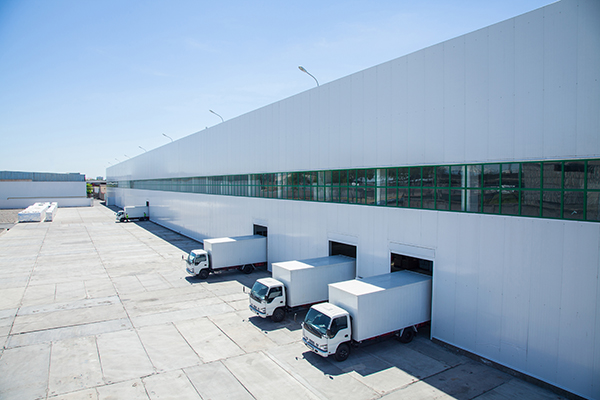Light-industrial properties gaining traction, says CBRE in new report
Research recently issued by Los Angeles-based industrial real estate firm CBRE pointed to warehouses smaller than 120,000 square-feet, which it refers to as “light-industrial” properties, as growing in demand, due largely in part to continued e-commerce growth.
That was made clear in its report, entitled “Bigger Not Always Better: The Case for Light Industrial.”
In the report, CBRE pointed out that light-industrial properties account for more than half of total United States warehouse inventory, with the availability rate for those between 70,000 and 120,000 square-feet down by almost 4% (3.9%) to 7.4% over the last five years. What’s more, CBRE said their rents have headed up more than 30% (33.7%) to an average of $6.67 per square-foot, whereas warehouses topping 250,000 square-feet has seen rents rise 16% over the same timeframe.
“Strong demand for smaller warehouse properties will continue as retailers and logistics operators expand their networks to increase their proximity to consumers,” CBRE said in the report. “As such, rent growth will likely continue outpacing that of large bulk warehouses.”
CBRE added that a lack of construction of light-industrial facilities helped to curtail availability and grow rents, with construction completions of light-industrial warehouses smaller than 120,000 square-feet have come in at an average of 1% of the category’s overall stock going back to 1990. The firm said this shortfall for light-industrial properties is largely due to high land prices in dense markets and completion for space from other uses such as lofts and offices.
In an interview, Matthew Walaszek, CBRE Associate Director of Industrial & Logistics Research provided a key reason as to why light-industrial properties have outperformed other properties over the last five years.
“Many of these light industrial buildings are infill locations, which is critical for a last mile strategy,” he said. “In this environment of next-day and same-day delivery, retailers and logistics operators increasingly need proximity to customers.”
Walaszek noted that light-industrial warehouses are viewed as the “true last-touch warehouses” from which merchandise is delivered directly to customers. The reason for this, he explained, is that they are well-located properties close to population clusters.
“It happens that the locations targeted for last mile tend to have these types of properties (i.e. small bay warehouses),” he said. “Important to note that it’s less about the size of the building and more to do with location. Last mile users would be fine with, and some even prefer, larger boxes, but they can’t find them in many if not most of the best last mile locations.”
Light-industrial properties are typically see the most demand in highly-populated markets tied to expansive supply chains and good infrastructure found in markets like New York/New Jersey, Los Angeles, Chicago, Dallas, Philadelphia, and Inland Empire, among others, according to CBRE.
As for why there have been challenges in developing smaller parcels in densely populated areas, Walaszek explained it is difficult to find available land for development, with land values are at a premium, making it challenging for developers.
“In some cases, competition with other uses, likely multifamily and mixed-use, poses challenges,” he said. “Also, rents need to justify the high construction costs.”













